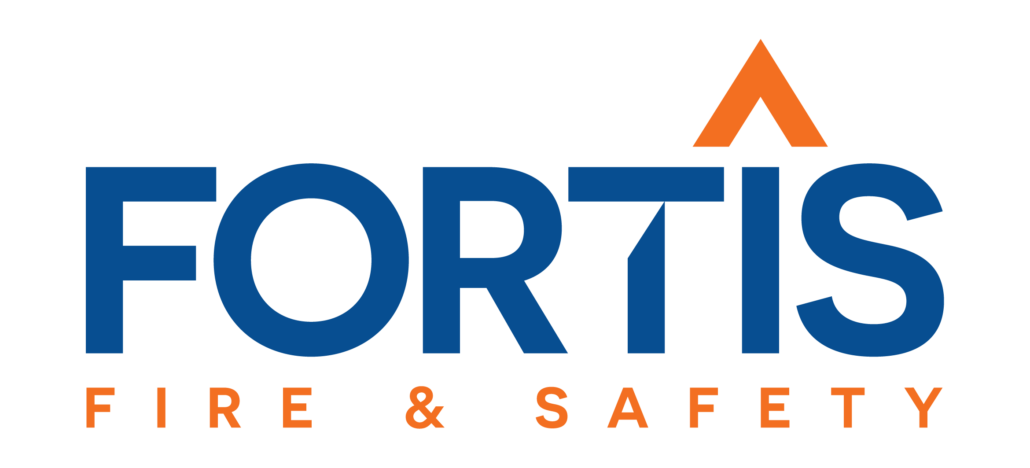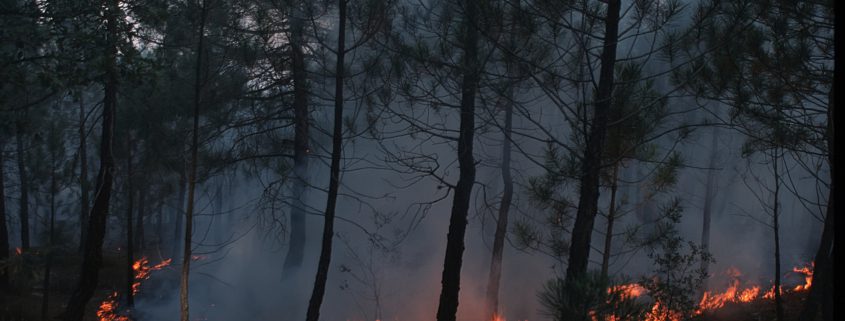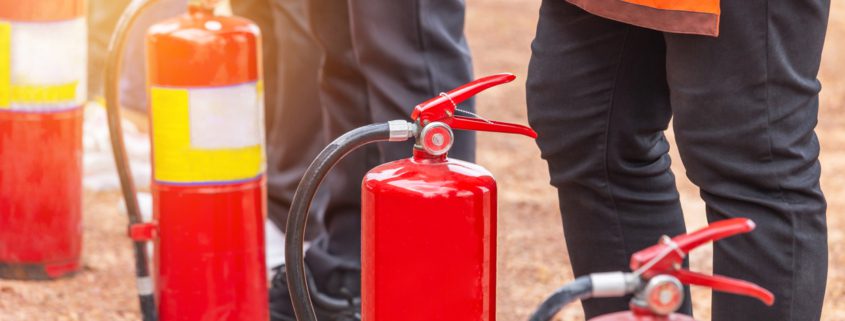How Do You Protect Your Property from Wildfires?
The National Fire Protection Agency reports that between 2015 -and 2019 fire departments across the nation reported 19,156 fires in business properties alone. Property loss totaled over $800 million. These statistics don’t include fires in other types of commercial buildings.
With fire season emerging, stay ahead of the catastrophic damage a wildfire can do to your commercial building by protecting it ahead of time. Are you prepared? We answer your burning question below.
What is a Commercial Property?
A commercial property is any real estate that is used for business purposes or activities. Typically, they are buildings- not residential dwellings. Think malls, industrial real estate, and grocery stores … you get the picture.
These buildings contain important materials, documents, and people inside which means it’s even more important to protect your building from the potential damage of a fire.
High-Risk Fire Zones
A high-risk fire zone is “a designated zone that considers wildfire hazards such as fire history, topography, vegetation, blowing embers, and weather” according to Spectrum News.
These zones are broken down into three sections: moderate risk, high risk, and very high risk. Determining which category a zone falls in depends on the likelihood of it catching fire based on history and fire patterns.
Check your commercial property’s zone to determine your risk of being impacted by a wildfire.
Commercial Fire Insurance Policies
Having a commercial fire insurance policy, especially for commercial properties in high-risk zones is an added layer of protection. This policy type mitigates risk by reimbursing you for fire damage to the property for losses.
Fire insurance is defined as “a form of property insurance that covers damage and losses caused by fire.”
This policy often covers building damage, building contents (i.e. furniture, tools, and equipment), and the belongings of others.
Depending on your policy, it may also cover damage from smoke, charring, or loss of income due to business closure from the fire.
Ways to Protect Your Property From Wildfires
Wildfires can cause catastrophic damage, especially to properties without property protection and prevention plans in place. The National Interagency Fire Center reported that 2021 faced 58,985 wildfires which damaged 7.1 million acres.
Protect your building by implementing the following steps.
Create a “Buffer Zone”
A buffer zone divides the surrounding area of your building into three sections to keep an active fire from moving quickly to your building. Learn more about how to implement a buffer zone here.
Ensure Working Fire Hydrants Nearby
Have access to a fire hydrant no more than 250 feet away from main buildings. They should be connected to reliable water sources.
Use Noncombustible Materials
Any signage, exterior cladding, siding, etc. should be made out of noncombustible material. This keeps a hungry fire from finding more materials to damage because they will not burn when exposed to fire.
Choose Dual-Paned Windows
Dual-paned windows made with tempered glass will help keep a fire at bay.
Cover Vents
All vents should be covered with non-combustible ⅛ inch mesh screenings to fight against embers that may fall through.
Keep Gutters and Roofs Clean
The building’s roof and gutters should be kept clear of debris that can be easily ignited by embers.
Flame Resistant Upholstery
Use flame-resistant or flame-retardant chemicals on curtains, furniture, and drapes.
Perform Regular Fire Protection System Servicing
Stay in touch with your fire marshal or authority having jurisdiction (AHJ) to make sure your fire protection system is up-to-date. Ensure your fire sprinkler systems, fire alarm systems and other fire protection systems are inspected and maintained on a regular basis.
Have an Emergency Plan
Prepare an evacuation plan should a wildfire break out nearby. Make sure all staff inside the building understand what to do in a fire emergency. Clearly post emergency evacuation signs inside the building.
Read our next why high-risk high reward does not apply to fire safety, and other ways to keep your building safe.
Learn More About Fortis
At Fortis, we provide cutting-edge expertise in fire protection planning, design, and construction. We understand the challenges that modern facilities face and utilize our experience to find efficient and cost-effective solutions. From initial planning to acceptance testing and beyond, we offer a comprehensive suite of services.
We utilize the latest in computer-automated design to map out your system so we know the exact specifications before we even set foot on your job site. No need for drawings, we can map your facility and create blueprints from scratch.
We facilitate BIM coordination for new construction projects. We work with your BIM coordinator to load in our plans to avoid structural conflicts before they happen.
Additionally, all of our designers are NICET certified in their respective fields.
Learn more about our fire protection services, here.







